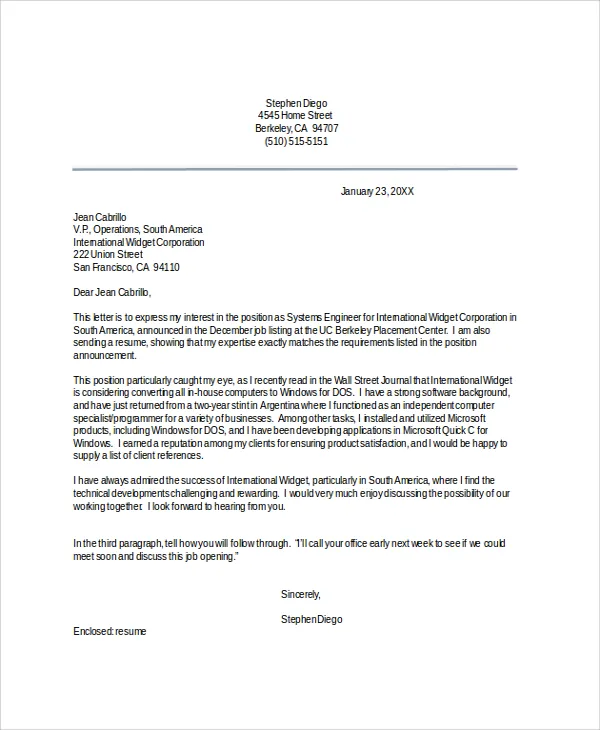Understanding the Importance of a Strong Resume
Your resume is your first impression on potential employers, acting as a concise summary of your skills, experience, and accomplishments. A well-crafted resume can be the key that unlocks the door to your dream job, while a poorly written one can lead to your application being overlooked. In today’s competitive job market, where hundreds of applications are often received for a single position, a strong resume is more important than ever. It must immediately capture the attention of the hiring manager, highlighting why you are the best candidate for the role. This guide will provide you with the tools and knowledge needed to create a resume that stands out from the crowd and gets you interviews.
Key Components of a Resume
A comprehensive resume includes several key sections, each designed to showcase different aspects of your qualifications. Understanding the purpose of each section and what information to include is crucial. Consistency in formatting, clear language, and a focus on achievements are essential. The following sections are fundamental to a well-structured resume. Each section must be tailored to the specific job you are applying for. Remember to highlight relevant skills and experience and use keywords from the job description.
Contact Information

Begin with your full name, professional phone number, and a professional-looking email address. Ensure that all information is up-to-date and accurate. Consider including a link to your LinkedIn profile; this provides additional context and allows employers to learn more about you. Avoid using nicknames and ensure that your email address sounds professional (e.g., firstname.lastname@email.com). Keep your contact information concise and easy to find.
Resume Summary or Objective
A resume summary is a brief overview of your most relevant skills and experience, typically used by experienced professionals. It provides a quick snapshot of your value proposition. An objective, on the other hand, states your career goals. Objectives are suitable for entry-level candidates or those changing careers, clearly stating the type of position they are seeking. The summary or objective should be tailored to the specific job and company you are targeting. Highlight your key accomplishments and skills and use keywords from the job description.
Work Experience
This section forms the core of your resume. List your previous jobs in reverse-chronological order, starting with your most recent position. For each role, include the job title, company name, dates of employment, and a concise description of your responsibilities and accomplishments. Use bullet points to highlight your achievements and quantify your results whenever possible (e.g., “Increased sales by 15% in Q2”). Focus on your accomplishments and what you brought to the company, rather than simply listing your duties. Tailor the descriptions to match the requirements of the target job, and include keywords from the job description.
Education Section
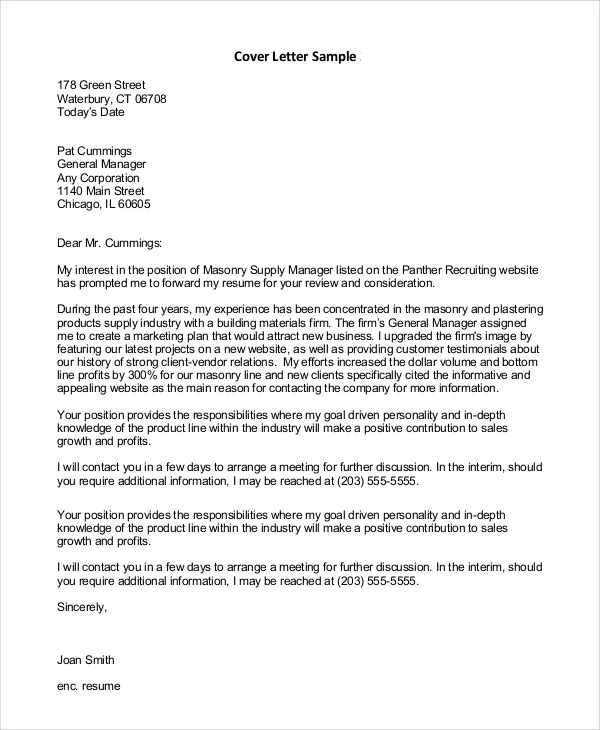
Include the name of the institution, the degree earned, major, and graduation date (or expected graduation date). If you have a graduate degree, you can omit your high school information. You can also include relevant coursework, honors, and GPA (if it is high and relevant to the job). If you are a recent graduate, this section can be placed before your work experience section. Focus on the educational aspects most relevant to the job.
Skills Section
This section lists your skills, which can be categorized (e.g., technical skills, soft skills, language skills). Include both hard skills (specific, measurable abilities) and soft skills (interpersonal and communication skills). Tailor this section to match the job requirements, and use keywords from the job description. Be honest and accurate in your skill assessments. List proficiency levels (e.g., “Proficient in Microsoft Excel”) to indicate your expertise.
Formatting Your Resume for Success
The formatting of your resume plays a crucial role in its readability and overall impact. A well-formatted resume is easy to scan, highlights key information, and makes a positive impression. Choose a clean, professional font, and use clear headings and sufficient white space to avoid a cluttered look. Using consistent formatting throughout your resume enhances its professionalism and makes it easier for the hiring manager to find the information they need. Be sure to save your resume as a PDF file to ensure that your formatting is preserved when the document is opened on different computers.
Choosing the Right Resume Format
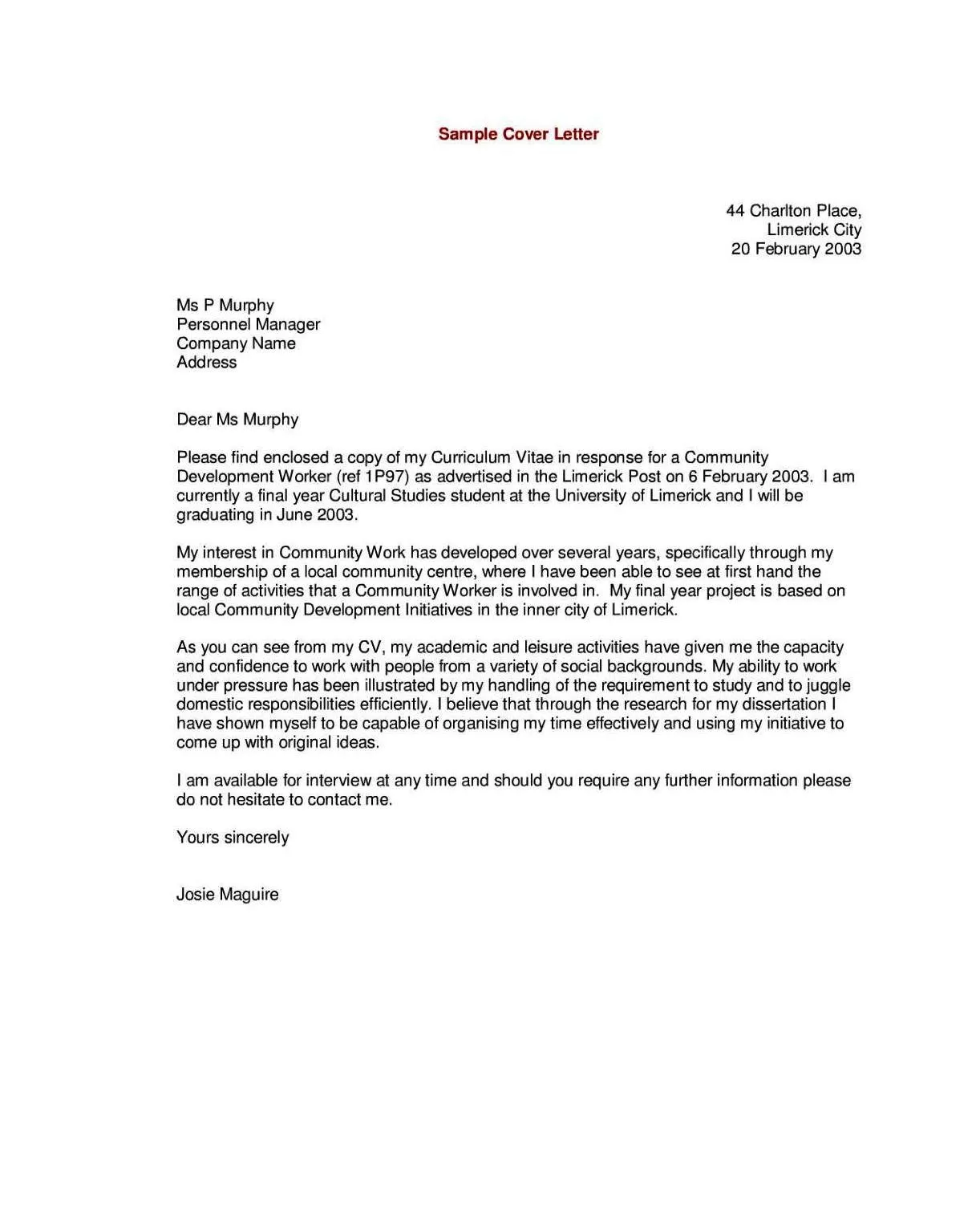
There are several resume formats to choose from, and the best one for you depends on your experience and the type of job you are seeking. The most common formats are chronological, functional, and combination. A chronological resume is ideal for candidates with a consistent work history, listing experience in reverse-chronological order. A functional resume focuses on skills rather than work history, which can be useful for those with gaps in employment or those changing careers. A combination resume blends elements of both chronological and functional formats. Select the format that best highlights your strengths and experience.
Tips for Writing Compelling Bullet Points
Bullet points are essential for quickly conveying your accomplishments and responsibilities. Start each bullet point with an action verb to make your statements dynamic and engaging. Focus on what you achieved in each role, using the STAR method (Situation, Task, Action, Result) to structure your bullet points and quantify your accomplishments whenever possible. Be specific and avoid vague language. Use action verbs such as “Managed,” “Developed,” “Implemented,” and “Increased” to showcase your impact.
Keywords and Applicant Tracking Systems (ATS)
Many companies use Applicant Tracking Systems (ATS) to scan resumes for relevant keywords. To increase your chances of getting past the ATS, carefully review the job description and identify keywords that are crucial for the role. Incorporate these keywords naturally throughout your resume, especially in your skills and experience sections. Avoid keyword stuffing, as this can be easily detected by ATS. Ensure that your resume is formatted in a way that the ATS can read it (avoiding complex formatting and graphics).
How to Write a Cover Letter that Complements Your Resume
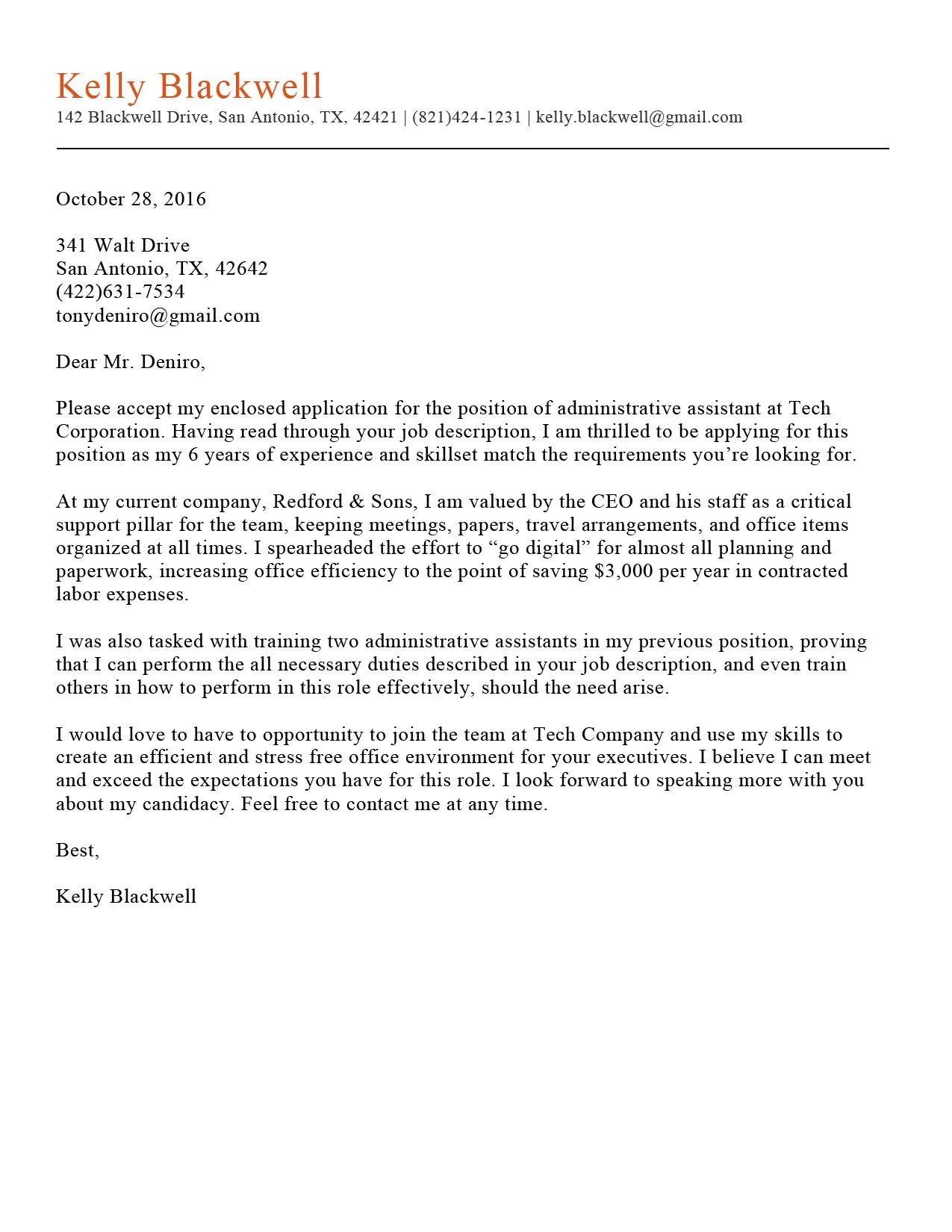
A cover letter is a crucial component of your job application, providing an opportunity to introduce yourself and demonstrate your interest in the specific role and company. While your resume provides a summary of your skills and experience, your cover letter allows you to provide more context, express your enthusiasm, and highlight your suitability for the position. A well-written cover letter can significantly increase your chances of securing an interview.
The Purpose and Structure of a Cover Letter
The purpose of a cover letter is to persuade the hiring manager to read your resume and consider you for the job. It should complement your resume, not just repeat it. The standard structure of a cover letter typically includes an introduction, a body, and a conclusion. The introduction should state the position you are applying for and how you found the job. The body should highlight your relevant skills and experience, providing specific examples of your accomplishments. The conclusion should reiterate your interest and express your desire for an interview.
Crafting a Compelling Opening Paragraph
Your opening paragraph is crucial for grabbing the reader’s attention. It should clearly state the position you are applying for and where you saw the job posting. Briefly mention why you are interested in the role and the company, and include a sentence or two that highlights your most relevant skills or experience. Avoid generic openings; tailor the introduction to the specific job and company. Start with a strong statement that indicates your enthusiasm and knowledge of the company.
Highlighting Your Skills and Experience

In the body of your cover letter, provide specific examples of how your skills and experience align with the job requirements. Reference the job description and use keywords from the job posting. Focus on accomplishments rather than just listing your responsibilities. Use the STAR method to describe how you handled specific situations, the tasks you undertook, the actions you took, and the results you achieved. Use this section to showcase what you can bring to the company.
Closing Your Cover Letter Effectively
Your closing paragraph should reiterate your interest in the position and express your desire for an interview. Thank the hiring manager for their time and consideration. Include a call to action, such as stating that you look forward to hearing from them soon. Proofread your entire cover letter for any grammatical errors or typos before sending it.
Proofreading and Editing Your Resume and Cover Letter
Thorough proofreading and editing are essential to ensure your resume and cover letter are free of errors. Typos and grammatical mistakes can create a negative impression and undermine your credibility. After you have written your documents, review them carefully. Read your documents aloud, as this can help you catch errors you might miss when reading silently. Use grammar and spell-check tools, but also have a friend or colleague review your documents, as a fresh pair of eyes can often spot mistakes that you have overlooked. Proper formatting and attention to detail are crucial.
Common Mistakes to Avoid
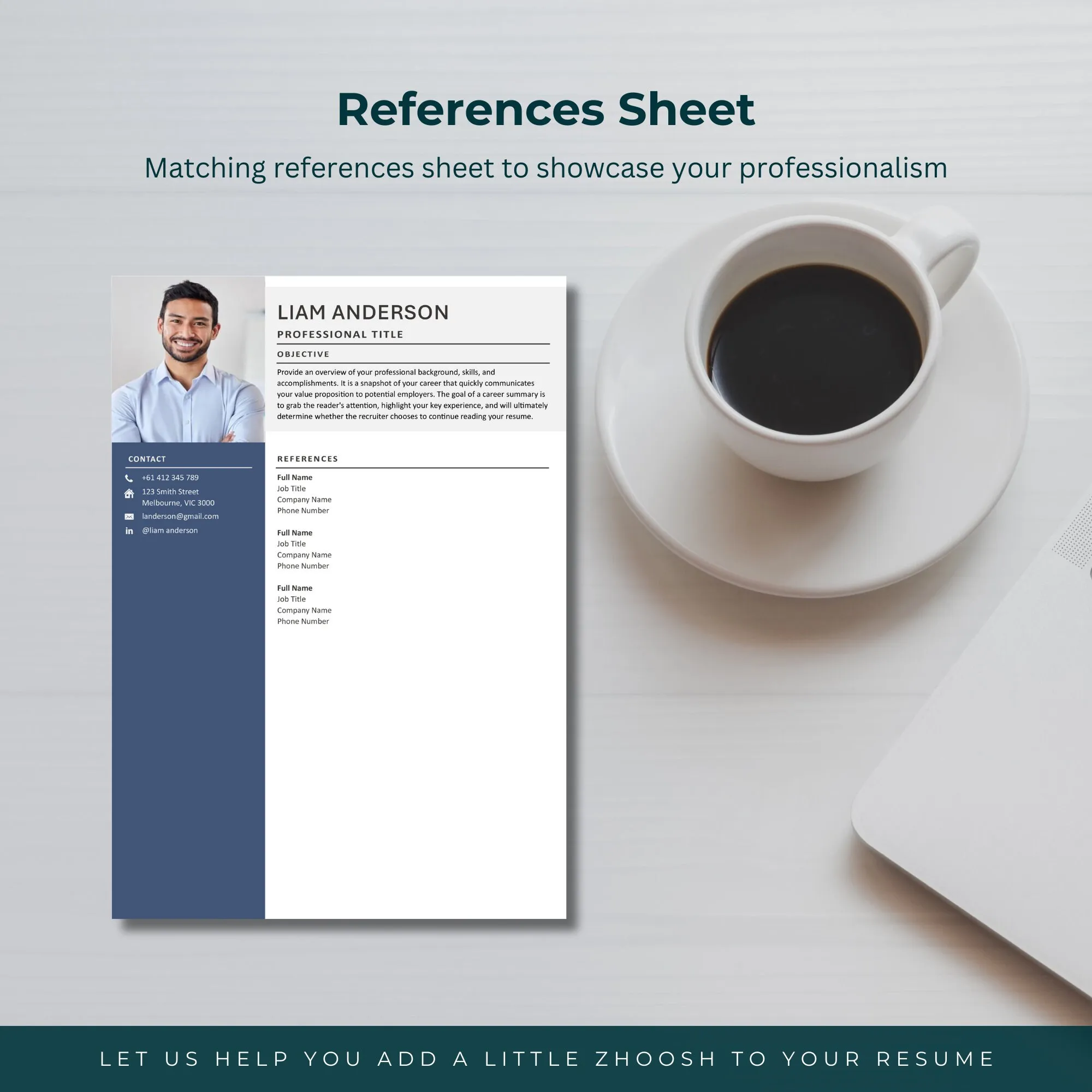
Avoid common mistakes that can hurt your chances. These include grammatical errors, typos, generic language, and providing irrelevant information. Do not include personal information such as your age, marital status, or political affiliation. Avoid using clichés, and ensure your resume is easy to read and well-formatted. Tailor your resume and cover letter to each specific job, and use keywords from the job description. Be honest and accurate in your representations.
Tools and Resources for Resume and Cover Letter Writing
There are various tools and resources available to help you create a compelling resume and cover letter. Online resume builders can guide you through the process, offering templates and suggestions. Grammar and spell-checking tools can help you catch errors. Career websites and professional organizations offer advice and resources. Consider seeking feedback from career counselors or mentors. Leverage online resources to access free resume templates and cover letter samples. Explore the resources available from your university’s career services department or professional organizations.
